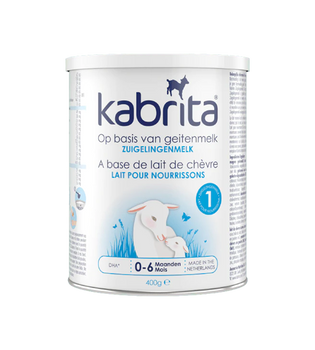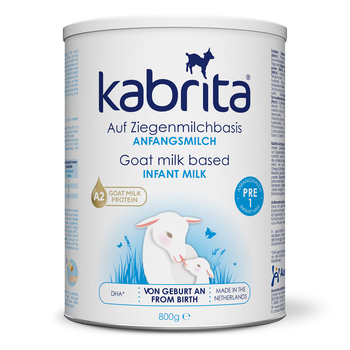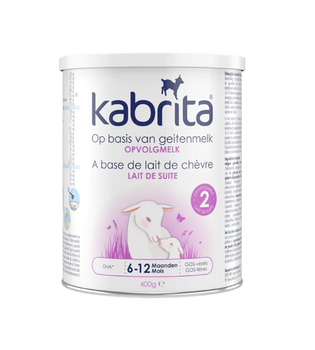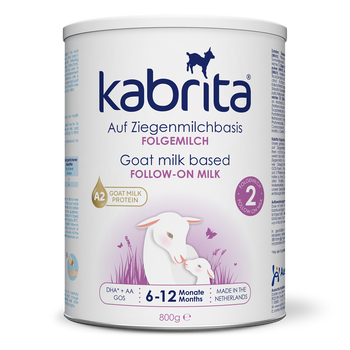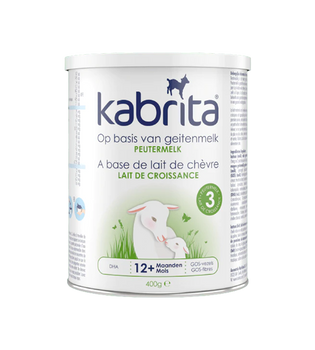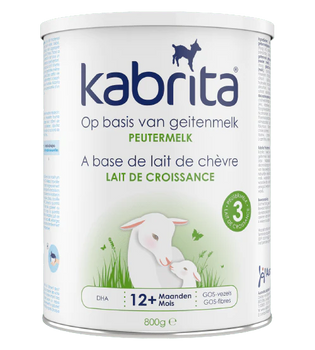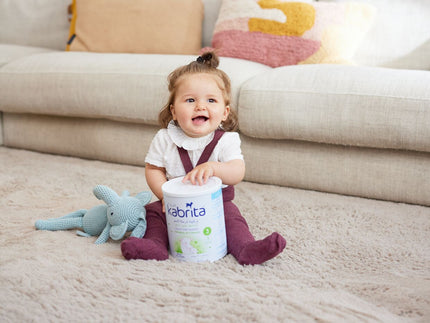How to master the weaning process

Lead by example
From as early as practical, be a great role model by sitting at the table to eat meals and show your baby that you enjoy a wide variety of healthy foods. The idea is that they will internalise this behaviour and follow your example when they are able to.
Introduce first foods
When your baby is six months old start to introduce foods, for many this begins with something gentle in terms of taste, texture and digestibility. Many parents choose baby rice, quinoa or baby-friendly cereals mixed with breast milk or baby formula.
First tastes and milk still plays a key nutritional role
When planning your baby’s weaning remember all foods are new and exciting to them so don’t feel there is a rush to put in the kind of variety you would want yourself, foods should not have added salt or sugar and may taste bland to you but not to your baby. Some babies will happily eat all they are offered whereas others will be more particular, so think about what flavours to start with.
It can take a while before the nutrition in the food your baby eats becomes the key reason for eating. At the start milk is still the most important provider of nutrients and fluids and it can take until the end of the first year for babies to get more calories from their food than their milk. Breastfeeding throughout the weaning process is still best for babies but if the time comes to introduce your baby to a formula there are now a number of choices. Goat’s milk formula may be easier to digest than cow’s milk and is now approved to be used in the UK. When looking for a formula look for one which contains omega-3 fatty acids* for baby’s brain development as well as the recommended level of vitamins and minerals as required by legislation*, such as Kabrita goats’ milk formula.
Spoon time!
Between nine and 12 months, the quantity and variety of foods your baby eats will really begin to grow. Ideally, each meal should include:
- A starchy carbohydrate, such as oats, rice, sweet potatoes, pasta or bread
- Protein-rich food, for example beans, lentils, tofu, low-mercury fish, organic meat and free-range eggs
- A fat component, for example olive oil, ground nuts and seeds
- Vegetables and fruits, preferably in lots of different colours including green, red and orange
Enjoy
Weaning is an enjoyable time, albeit a little messy at times, but relax, smile and watch your little one develop and grow
Weaning Allergenic Table
|
Baby’s age in months |
Foods to try |
|
7 months |
- Low gluten grains, start with oats and progress to rye and barley |
|
8 months |
- Yogurt, pasteurised cheese and dairy milk cooked in foods |
|
9 months |
- White fish |
|
10 months |
- Oily fish e.g. mackerel and salmon, pilchards, and sardines, remove bones |
|
12 months |
- Ground nuts and seeds and nut butters (expect peanuts and peanut butter) |
|
12 months plus |
- Shellfish |
*as required by legislation for all FOF
